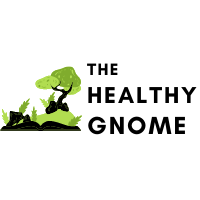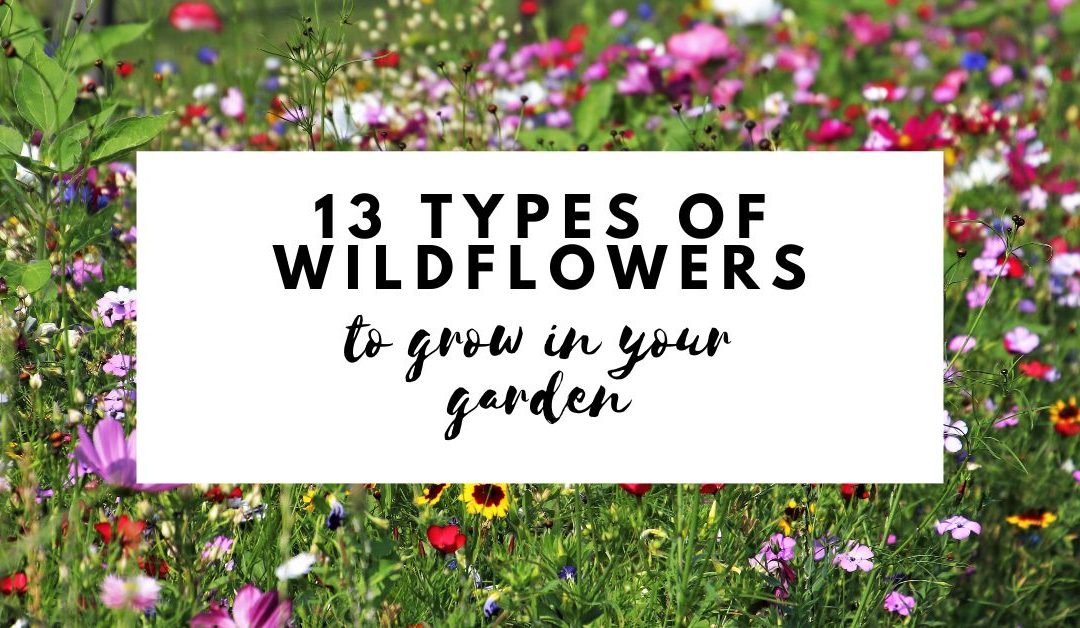Are you planning a wildflower garden? Knowing the types of wildflowers available and where they thrive can help you know what to plant and when. We’re going to share 13 beautiful wildflowers that are easy to care for and grow in a variety of soil conditions.
Disclosure: Some of the products we recommend include affiliate links. As an Amazon Associate, I earn from qualifying purchases. We may earn a commission if you buy something through any affiliate link on our site.
13 Types of Wildflowers to Grow in Your Backyard
Hundreds of wildflowers are native to the United States and will look beautiful in any backyard garden. Just how many types of wildflowers are there in the U.S.? About 150 native species, 134 of which are in California alone.
But even if you don’t live on the West Coast, you can grow gorgeous wildflowers that will add color to your yard and attract beneficial pollinators like butterflies and honeybees.
Here are 13 types of wildflowers that you can start growing in your backyard this year.
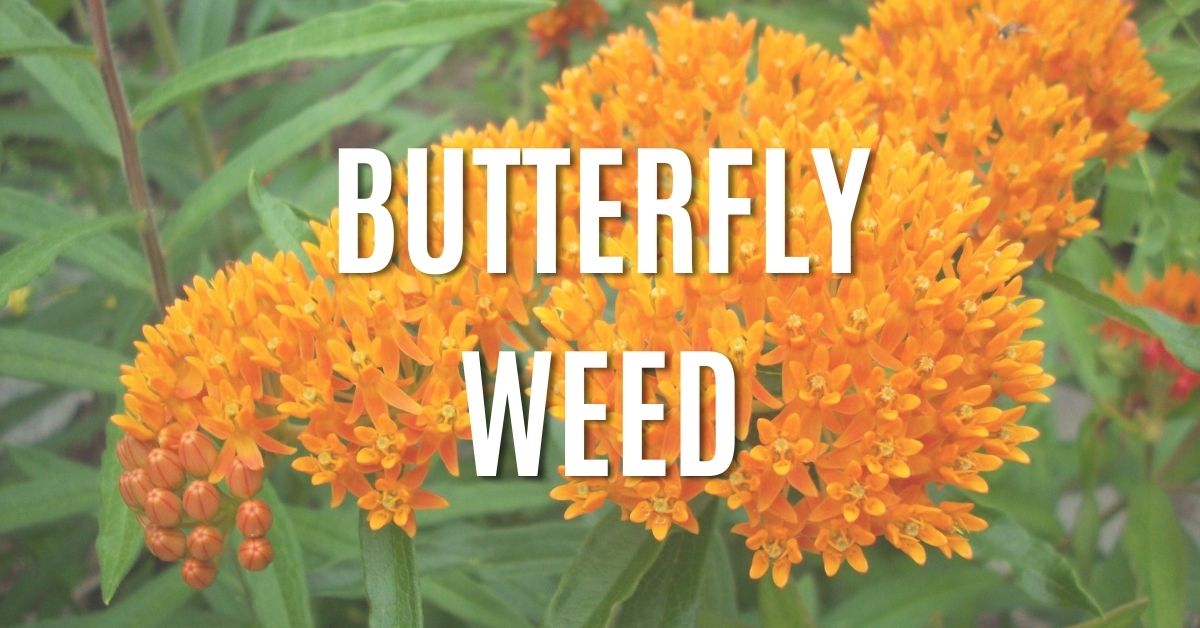
1. Butterfly Weed
Wildflowers can do more than just make your garden beautiful – they can help the Monarchs, too. According to a new report, the western population of Monarchs has declined by a staggering 99.9% since the 1980s.
You can do your part to help these endangered beauties by planting butterfly weed, or Asclepias tuberosa. Butterfly weed is a type of milkweed with bright orange flowers and a mounded profile.
Butterfly weed looks gorgeous in any wildflower garden and it helps Monarchs. It’s a win-win for everyone.
Buy butterfly weed seeds here.
|
USDA Plant Hardiness Zones |
3-9 |
|
Soil Needs |
Well-draining, slightly acidic |
|
Sun |
Partial shade to full sun |
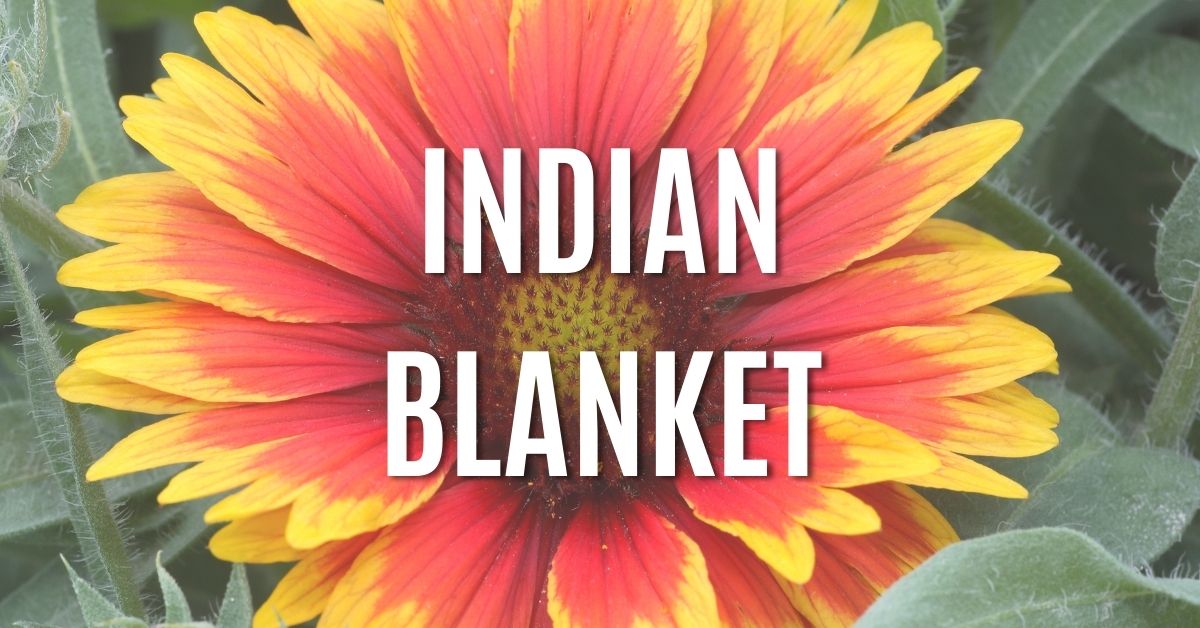
2. Indian Blanket
Indian blanket, or Gaillardia pulchella, is a showy wildflower that will add beautiful bursts of orange and yellow color to your wildflower garden. These flowers thrive in the southern and central U.S. in rocky plains and prairies.
Besides adding beauty to your backyard, Indian blanket will help feed the local wildlife. Birds love the seedheads and butterflies and bees love their nectar-rich flowers.
Buy Indian blanket seeds here.
|
USDA Plant Hardiness Zones |
2-11 |
|
Soil Needs |
Well-draining, slightly acidic |
|
Sun |
Full |
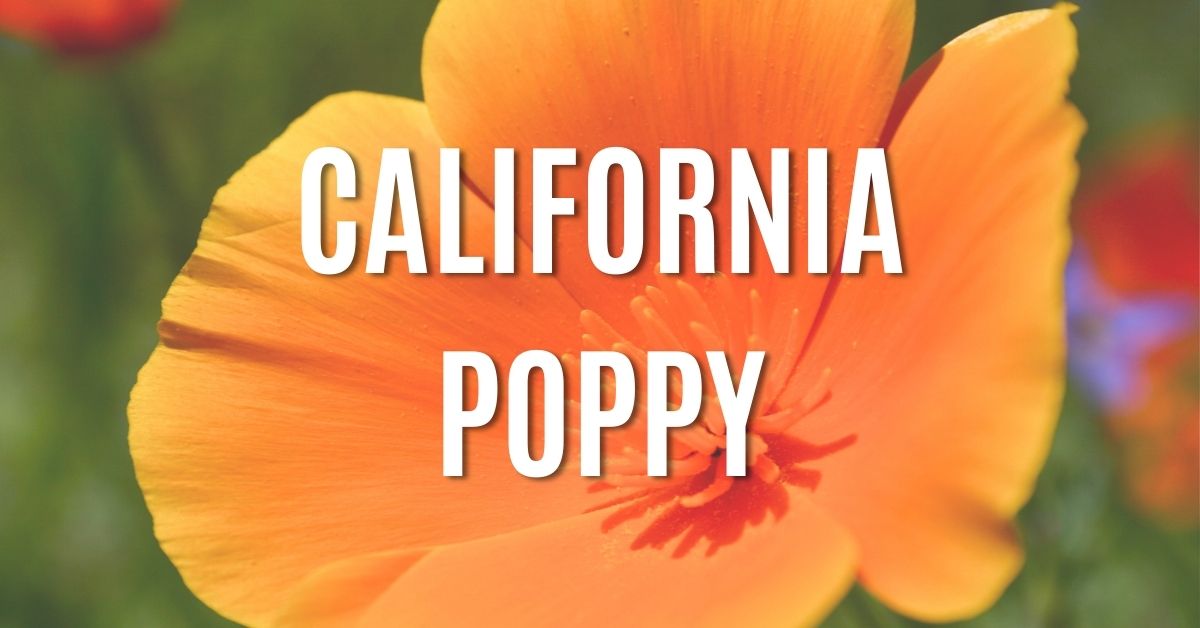
3. California Poppy
California poppy (Eschscholzia californica) is one of the types of wildflowers you should plant if you want vibrant colors in your garden. Their bright orange blooms are striking, and they’re one of the first flowers to open up in spring. Sometimes, they bloom as early as February.
While the California Poppy is the state flower of California, it can grow in various locations along the Pacific coast.
Buy California poppy seeds here.
|
USDA Plant Hardiness Zones |
8-10 |
|
Soil Needs |
Rocky, sandy and quick draining |
|
Sun |
Full |
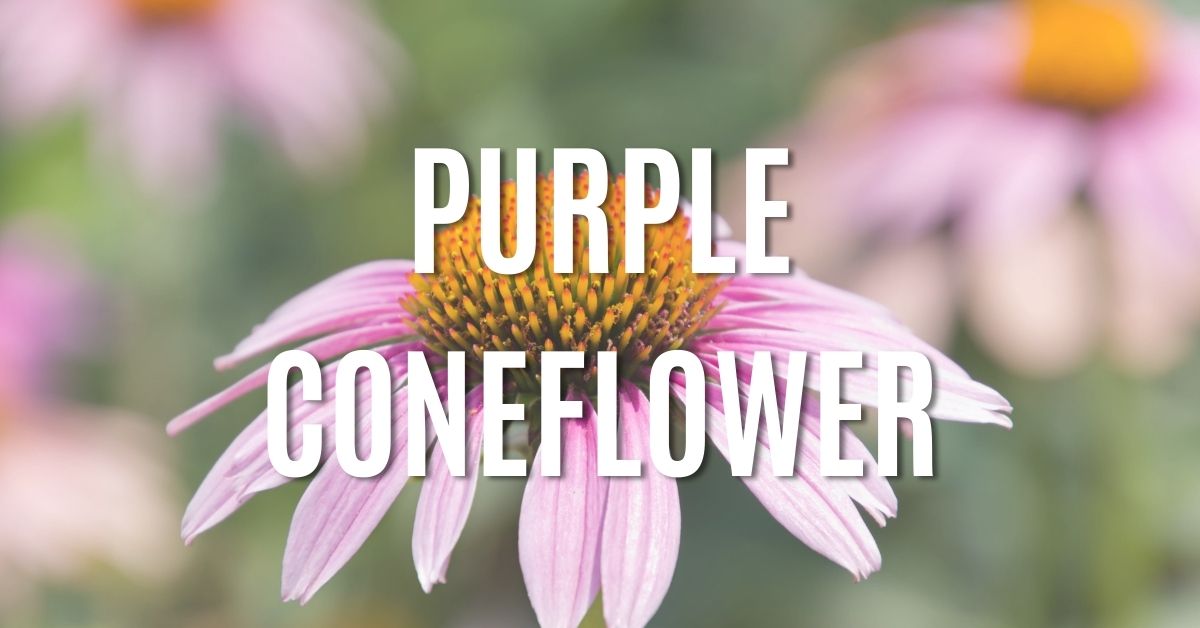
4. Purple Coneflower
Purple coneflowers, or Echinacea purpurea, bloom all throughout the summer and bring bright, cheery colors to your wildflower garden.
Purple coneflowers actually bloom twice – once again in the fall. They’re a great way to keep your garden looking colorful when all of your other flowers have stopped blooming.
The great thing about purple coneflowers is that they can thrive even in droughty conditions and in a variety of temperatures. Purple coneflowers are also considered a medicinal plant and have long been used in folk medicine for the treatment of colds, coughs and fevers.
Buy purple coneflower seeds here.
|
USDA Plant Hardiness Zones |
3-9 |
|
Soil Needs |
Well-draining, clay or sandy |
|
Sun |
Full |
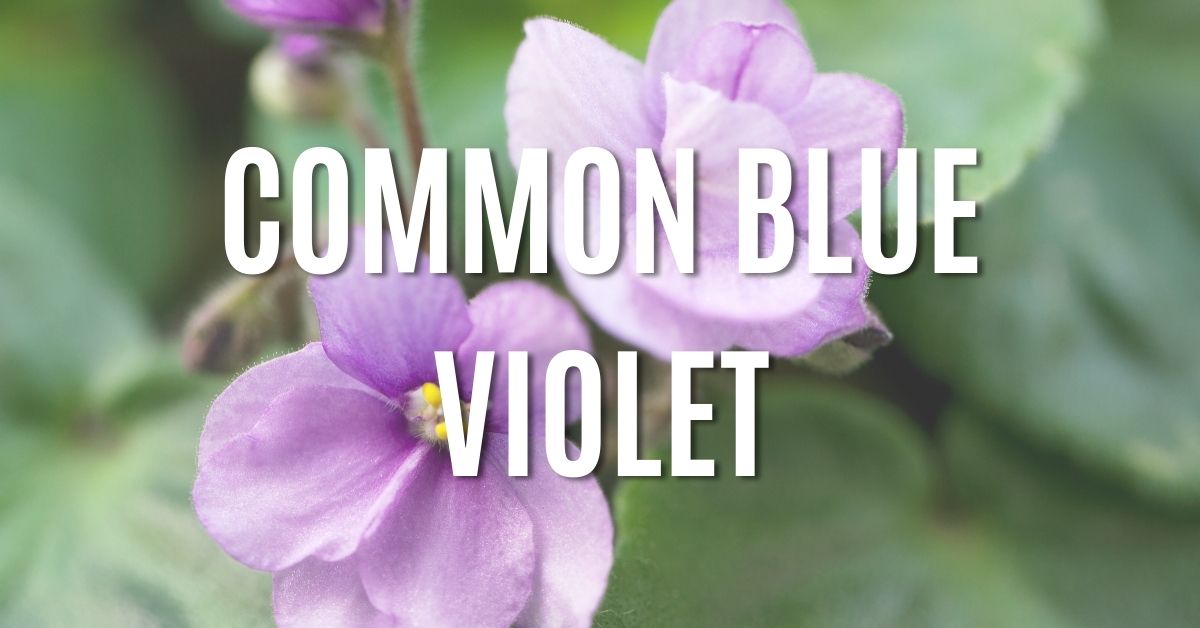
5. Common Blue Violet
The common blue violet truly is common along the East Coast of the U.S. Their purple flowers make them a gorgeous addition to any wildflower garden, and they’re surprisingly easy to grow. Common blue violets are hardy plants and prolific (they’re sometimes considered weeds!), so you won’t have a hard time getting them to spread throughout your garden.
Use them as a maintenance-free ground cover that will add beautiful color to your outdoor space.
Plus, you can add their colorful blooms to salads to really impress your guests. These flowers are commonly used in cuisine and can really take your presentation over the top.
Buy common blue violet seeds here.
|
USDA Plant Hardiness Zones |
3-9 |
|
Soil Needs |
Humus-rich, moist and well-draining |
|
Sun |
Partial shade to full sun |
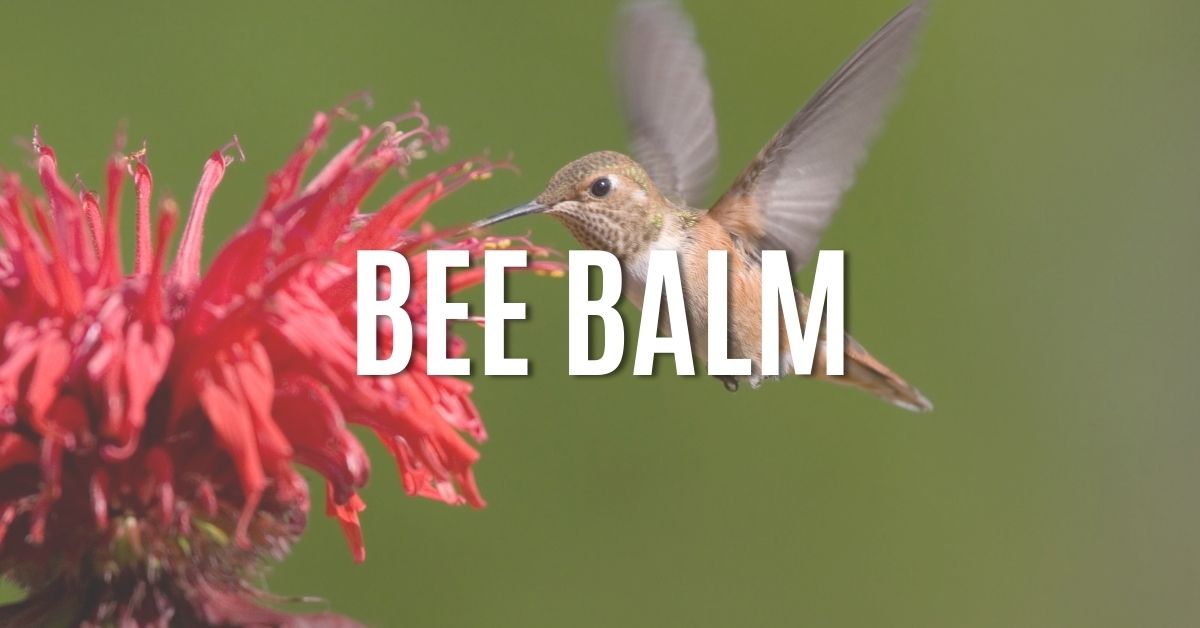
6. Bee Balm
Bee balm (Monarda), also referred to as wild bergamot, is one of the most popular types of wildflowers because they attract a variety of pollinators and have colorful blooms that brighten up any garden bed.
Bees aren’t the only beneficial insects that are attracted to these flowers. They also attract butterflies and even hummingbirds – and they’re even deer-resistant.
There are several varieties of bee balm, each offering a different color. From dark purple to bright pink and even white, you can find many types of bee balm that will complement your flower bed.
|
USDA Plant Hardiness Zones |
3-9 |
|
Soil Needs |
Neutral to slightly acidic |
|
Sun |
Full |
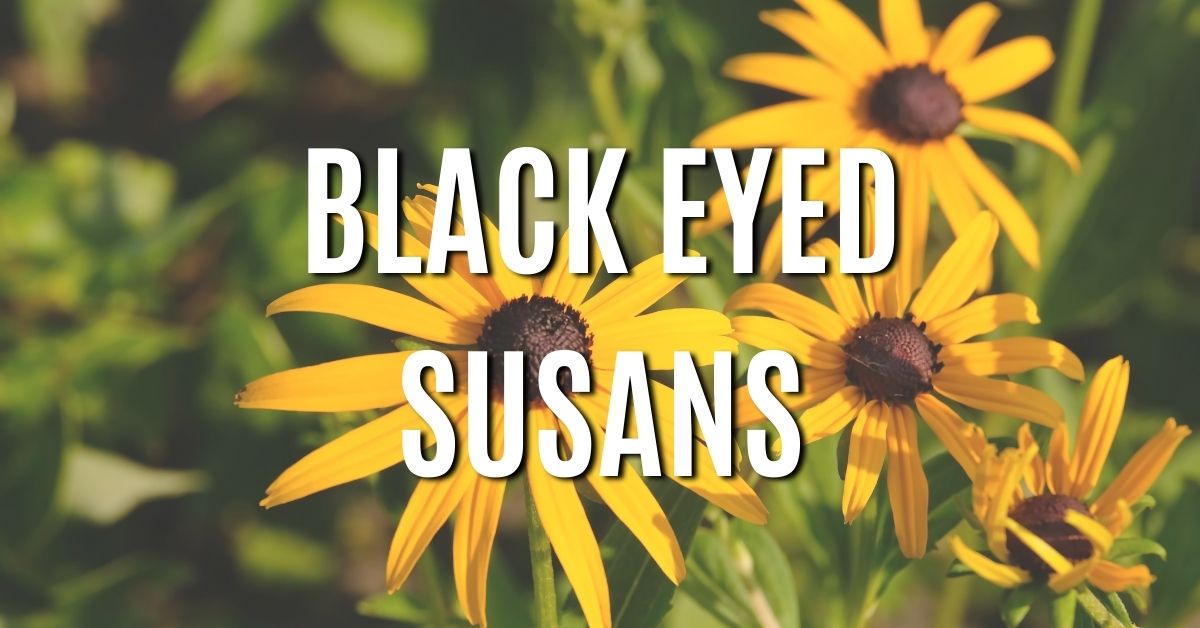
7. Black Eyed Susans
Black Eyed Susans are such cheerful flowers. With their bright yellow petals, they look like mini sunflowers. They’re easily one of the most popular yellow wildflowers in the eastern U.S., and they can add vibrant color to your garden in late summer.
Black Eyed Susans will attract a variety of pollinators and other beneficial insects. Expect to get frequent visits from bees of all types, small butterflies and even Scolid Wasps, which are actually beneficial pollinators.
Buy black eyed Susans seeds here.
|
USDA Plant Hardiness Zones |
3-9 |
|
Soil Needs |
Well-draining |
|
Sun |
Full |
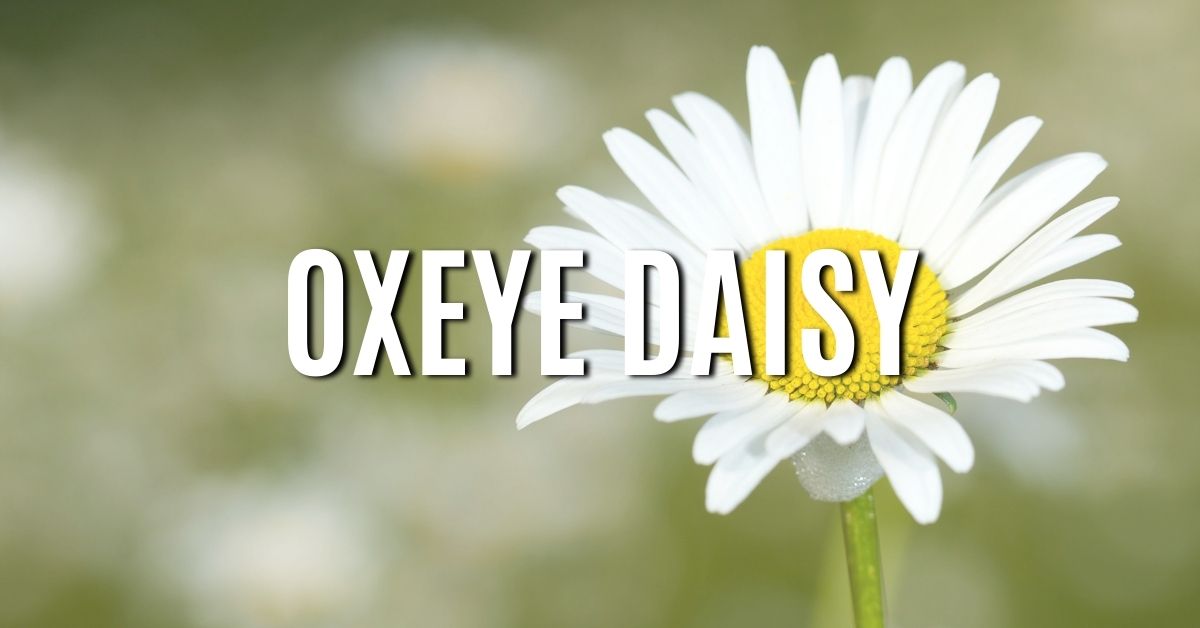
8. Oxeye Daisy
The oxeye daisy is a gorgeous wildflower with long, sturdy stems and cheery blooms. They start blooming mid-spring and last until the end of June, but if you prune your daisies after they fade, you can encourage a slightly longer bloom time.
In Zones 3-8, these daisies are considered a perennial. These flowers are prolific, too, spreading quickly throughout a garden bed thanks to their rhizome roots.
|
USDA Plant Hardiness Zones |
3-8 |
|
Soil Needs |
Clay to sandy, well-draining |
|
Sun |
Full |
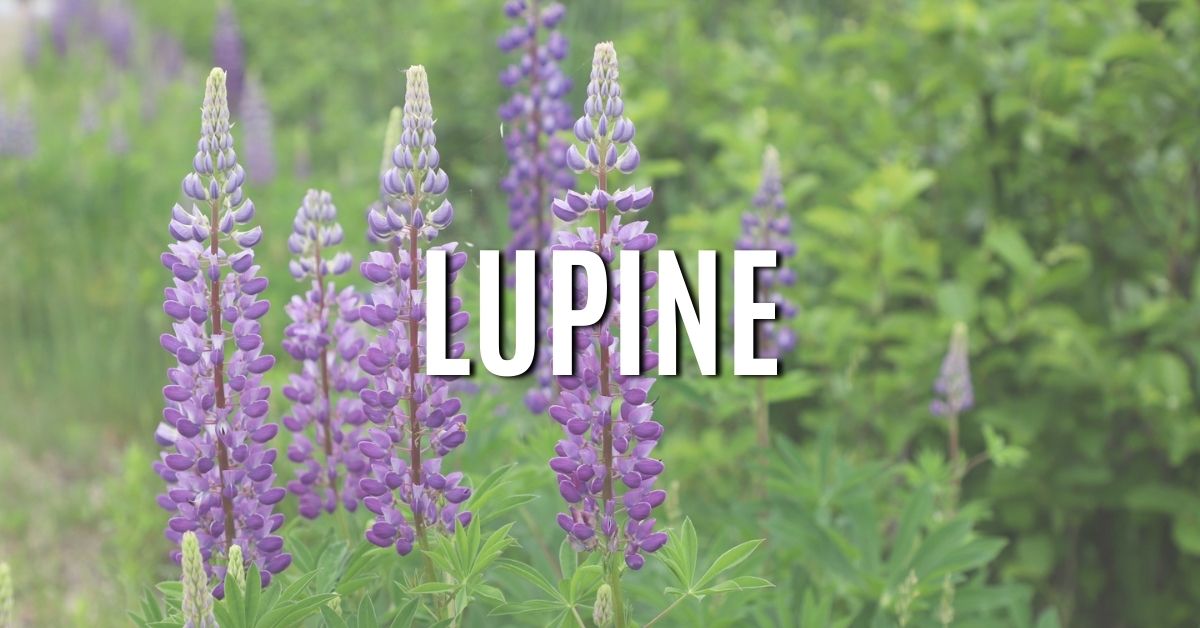
9. Lupine
With its tower-like stalks, lupine is easy to identify. This wildflower has small clusters of flowers with beautiful, delicate colors
Lupine doesn’t mind poor-quality soil, and this resilient plant can thrive even in the Arctic. It’s commonly found in the sand dunes along the East Coast.
There are many varieties of lupine, each of which has vibrant colors and blooms in late spring.
|
USDA Plant Hardiness Zones |
3-9 |
|
Soil Needs |
Acidic, well-draining, variety of soil types |
|
Sun |
Partial shade to full sun |
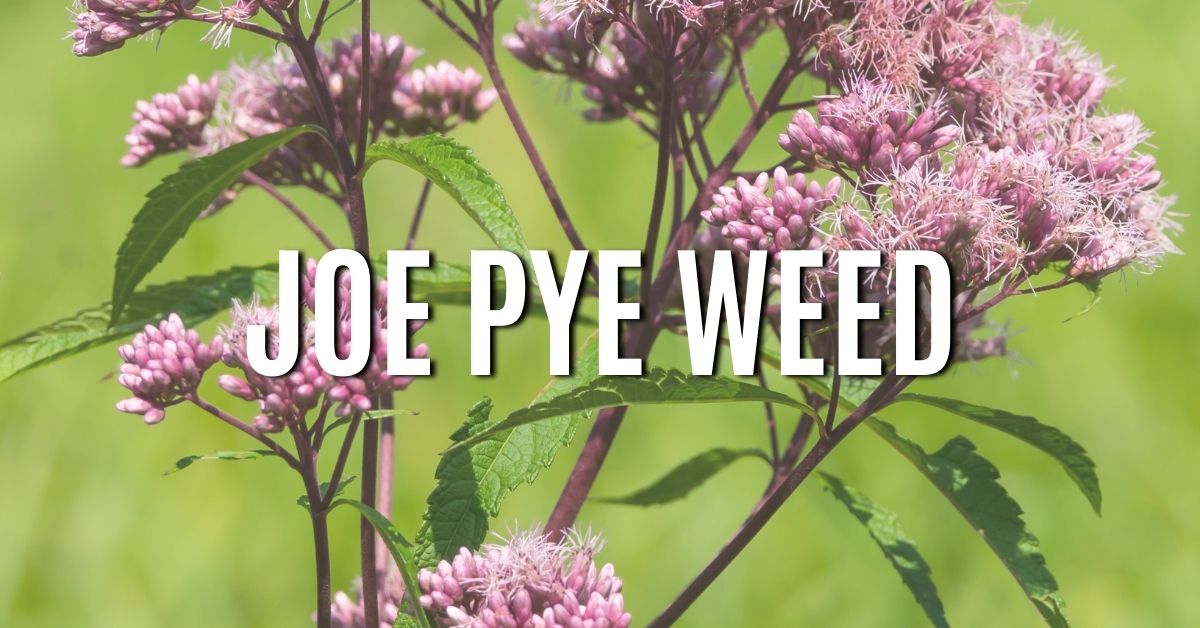
10. Joe Pye Weed
There are many varieties of Joe Pye weed, or Eutrochium. Eutrochium purpureum, in particular, is known for its fragrant flowers and is native to central and eastern North America.
Its intoxicating vanilla scent attracts butterflies, bees and other pollinators. In fact, these flowers are a favorite of Monarch butterflies and a variety of bees, including bumble, honey, leafcutter and cuckoo bees.
Joe Pye weed is late-blooming and grows in clumps up to 7 feet tall. Its beautiful blooms range in color from purplish pink to mauve pink.
|
USDA Plant Hardiness Zones |
4-9 |
|
Soil Needs |
Well-draining, acidic to alkaline |
|
Sun |
Partial shade to full sun |
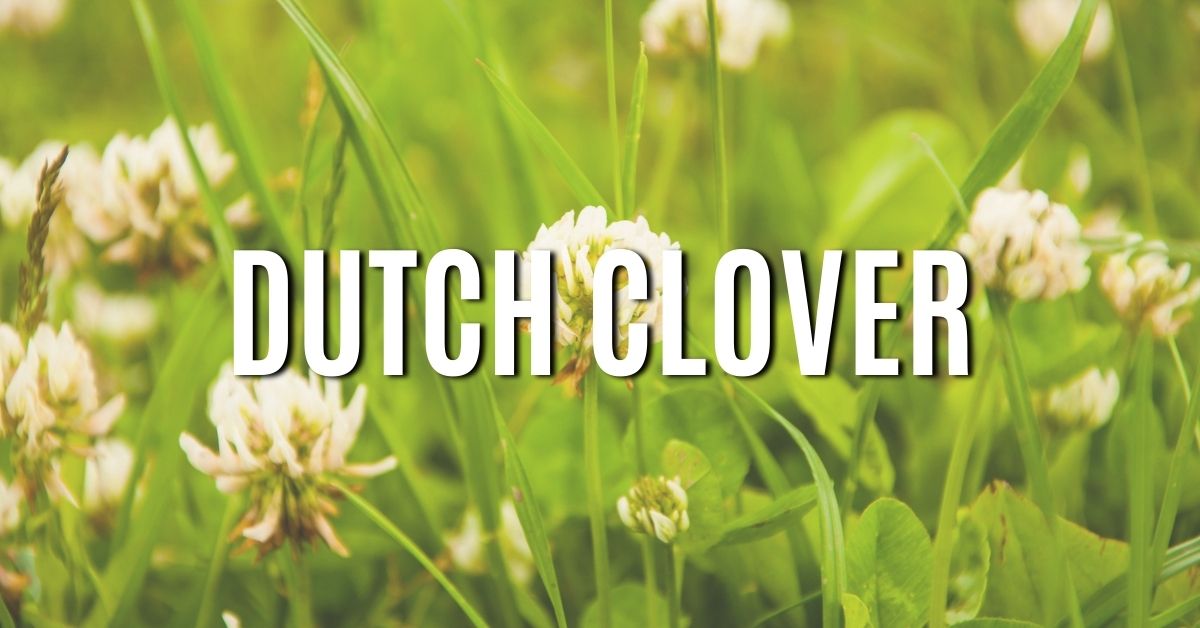
11. Dutch Clover
Most people are familiar with Dutch clover, a common perennial ground cover that grows in lawns throughout the U.S. Along with adding some color to your lawn, Dutch clover can help with erosion control. It spreads relatively easily and is a hardy wildflower.
If you want to feed the bees, Dutch clover provides lots of pollen and nectar.
|
USDA Plant Hardiness Zones |
4-9 |
|
Soil Needs |
Moist soil |
|
Sun |
Partial shade to full sun |
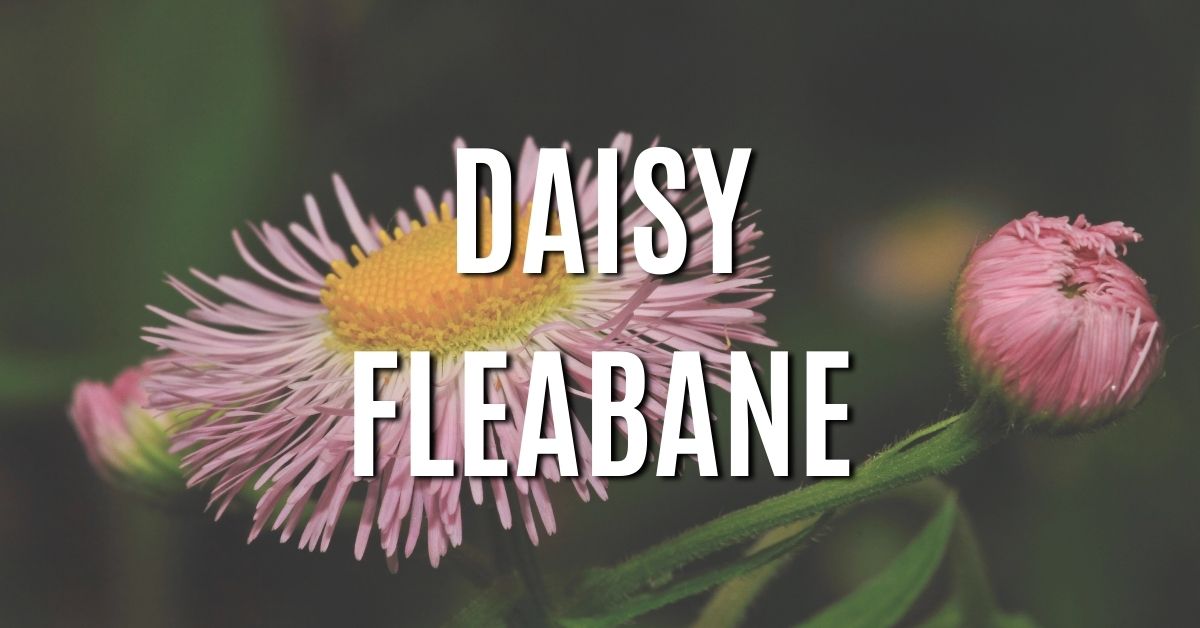
12. Daisy Fleabane
Daisy fleabane is part of the Aster family, and it has the classic daisy flower look. They can be either annual or biennial and stand 1-3′ tall.
Daisy fleabane can be a beautiful addition to any garden bed. They come in a variety of colors, from white to yellow, pink, orange, blue and purple. They have a long flowering season, too, so you can enjoy their blooms all summer. And they’re excellent as cut flowers when fully opened.
Buy daisy fleabane seeds here.
|
USDA Plant Hardiness Zones |
2-8 |
|
Soil Needs |
Well-drained, dry to medium |
|
Sun |
Full |
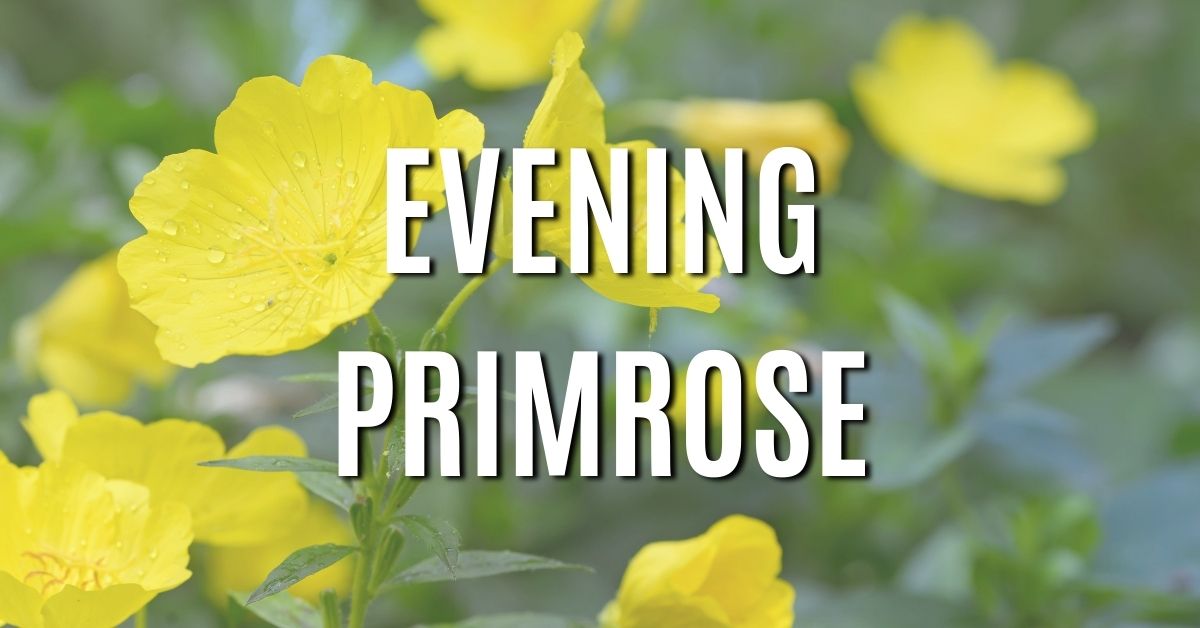
13. Evening Primrose
Evening primrose has cup-like, fragrant flowers that bloom in bright colors. They’re easy to care for, and they’re hardy plants that can tolerate a variety of soil conditions.
Hummingbirds and butterflies are frequent visitors of these flowers, and they’re resistant to deer and rabbits.
Just be sure to plant these beauties in a place that receives full sunlight. These plants are fussy about their soil conditions and will easily spread.
Buy evening primrose seeds here.
|
USDA Plant Hardiness Zones |
5-9 |
|
Soil Needs |
Well-draining and rich in organic matter |
|
Sun |
Partial shade to full sun |
These 13 types of wildflowers will brighten up your garden and help attract pollinators and beneficial insects. Just make sure that you choose wildflowers that will grow well in your Zone and soil conditions.
Rene is a creative, little gnome. When she's not diving deep into research on health and wellness, she's spending here time out in nature, growing her homestead, photographing wildlife, doing yoga or enjoying a zen (depending on the day) moment with her fur babies. And on top of all of that, she's a professional writer by day, helping businesses around the world grow.
